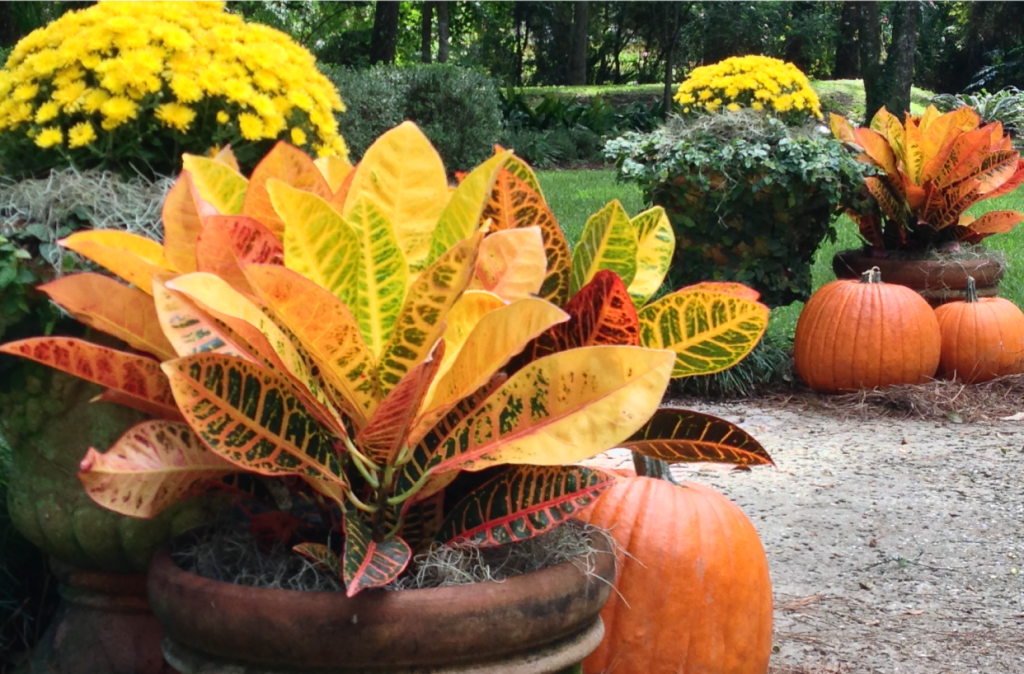By Connie Doyle, Master Gardener UF/IFAS
Welcome to November – and to our much-loved Thanksgiving season!
Last month we talked about cool-weather annuals to plant and some essential fall maintenance chores. This month, let’s focus on one task that often mystifies even experienced gardeners: pruning.
For many of us, pruning remains a bit of a puzzle – when to do it, how much to remove, and what tools to use. And rightly so! Pruning can be tricky and requires both knowledge and experience. Still, it’s an essential part of landscape and garden care that should be done regularly – not postponed until shrubs or trees are overgrown.
The good news? Much of the need for heavy pruning can be avoided by choosing and planting correctly from the start – that means knowing the mature height/width of your plant before it goes in the ground.
Pruning isn’t just about making plants look tidy – it serves several key functions. For the health of your plants, removing dead, dying or diseased branches prevents decay from spreading to other parts of the plant and to other plants nearby.
From an aesthetic standpoint, proper pruning maintains a pleasing, balanced form. Growth control is another important benefit, as pruning keeps plants within size limits or encourages fuller, denser growth. When it comes to flowering and fruit production, strategic pruning improves bloom or fruit yield by directing the plant’s energy where you want it. Finally, safety considerations require clearing branches that block views, sidewalks, or other structures.
For more information, visit the University of Florida Institute of Food and Agricultural Sciences (IFAS) website: edis.ifas.ufl.edu – a great resource for detailed pruning guides and seasonal advice. IFAS is a federal-state-county partnership dedicated to developing knowledge in agriculture, human and natural resources, and making that knowledge accessible to sustain and enhance the quality of human life. With Extension offices in all 67 Florida counties, IFAS provides research-based, science-backed information specifically tailored to Florida’s unique climate and growing conditions. EDIS, the Electronic Data Information Source, offers thousands of peer-reviewed publications on topics ranging from landscape maintenance to pest management, all written by university researchers and Extension specialists.
If you’re not a do-it-yourselfer, consider hiring a qualified professional. A little expert help can go a long way toward keeping your landscape healthy and beautiful year-round.
Remember: God made rainy days so gardeners could get the housework done — Anonymous
Connie Doyle writes The Good Earth, a gardening column inspired by a lifelong passion for plants, nature, and the peaceful rhythm of the garden. With more time in retirement, she has been inspired to take that passion to the next level — learning, growing, and sharing with others in our community by way of earning her Master Gardener Certification. Connie can be reached by email to mail@floridanewsline.com.







